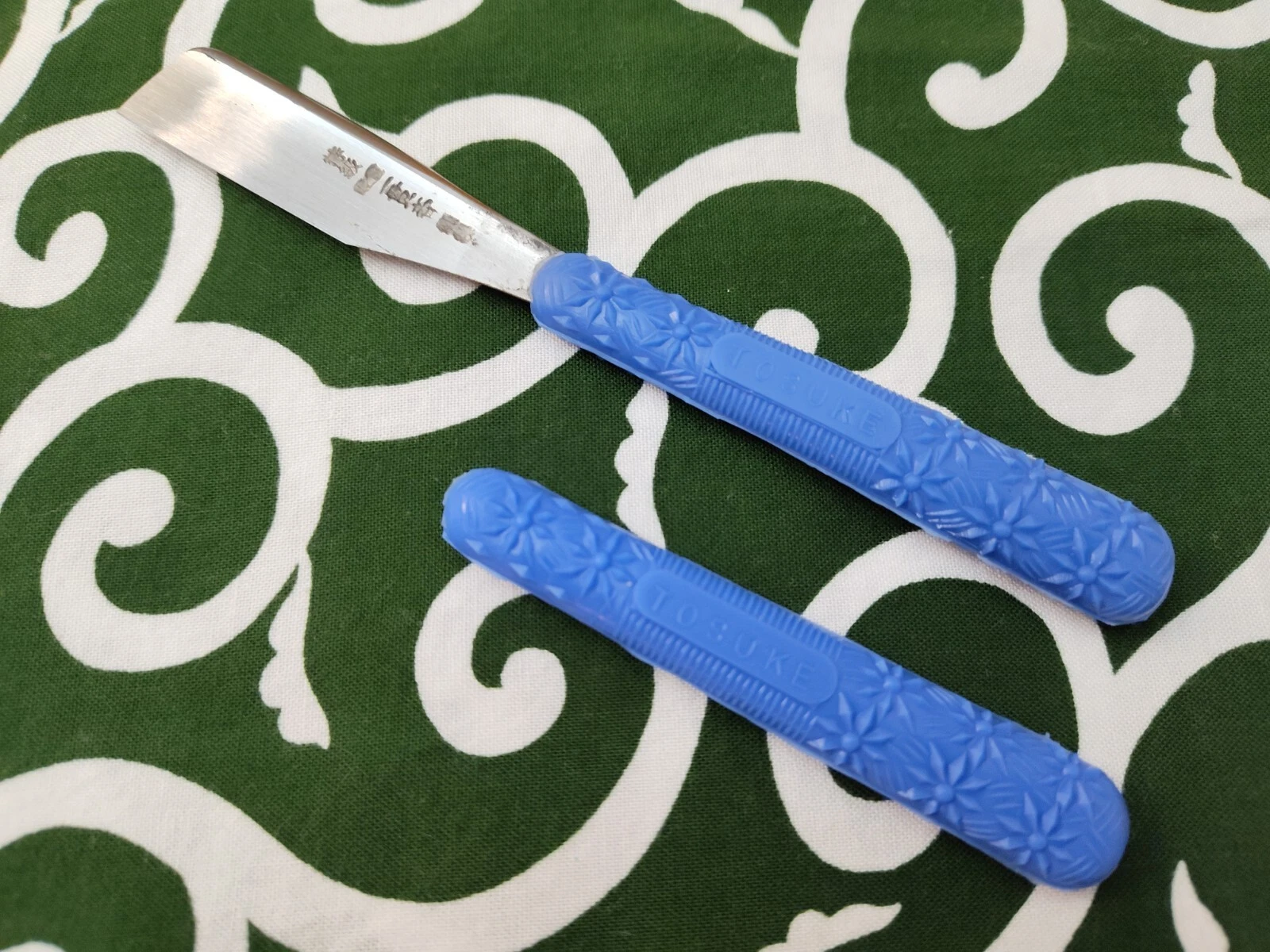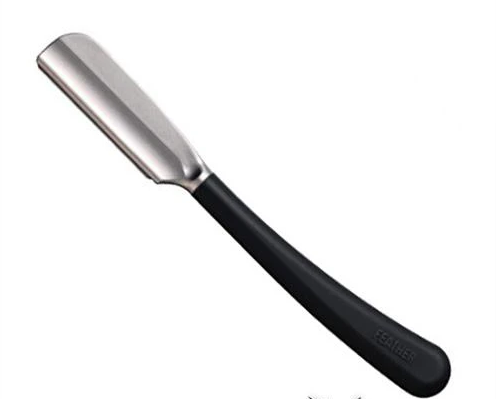@Bladerunner7, there are two main types of grinds that a SR can have; an assymetrical grind (traditional Japanese kamisori style) or a symmetrical grind (typical western style). Kamisori SRs can also be obtained with a symmetrical grind.
Then you have edge length. Kamisori normally have an edge length of about 50mm while western style SRs have about 70mm. Western style SRs can also be obtained with a 50mm edge length (referred to as a shorty).
Finally there are the scales (handle). Western style SRs normally have folding scales while a kamisori generally has a fixed handle.
Addressing the two different types of grind, the assymetrical grind is traditionally meant to be used with only one side (Omote) against the skin, although many swap sides while shaving. If swapping sides, you need to be very careful with your shave angle as a different angle is required depending on the side you are using.
Shorter edge lengths can be more difficult to shave with as the blade's toe (and heel) will be closer to your skin when shaving. This could make it easier to cut yourself with the ends of the blade.
As for scales/handle type, that is a personal preference. When shaving, I prefer the fixed handle on a short blade razor like the traditional kamisori. This seems to give me better control but you loose out on safety when storing.
Now to address your question about a kamisori or western style for a beginner. As a teacher of SR shaving, I would recommend a symmetrically ground western style full length SR with folding scales. It is the easiest and most forgiving to shave with. The only time that I would recommend that a beginner start with an assymetrically ground kamisori style SR with fixed handle is if the student intended to shave exclusively with such into their future.
@Gargravarr has made an interesting comment above. I believe that his "kamisori" razor was symmetrically ground, full-length edge with a fixed handle. You would probably have to get one of those custom made.




